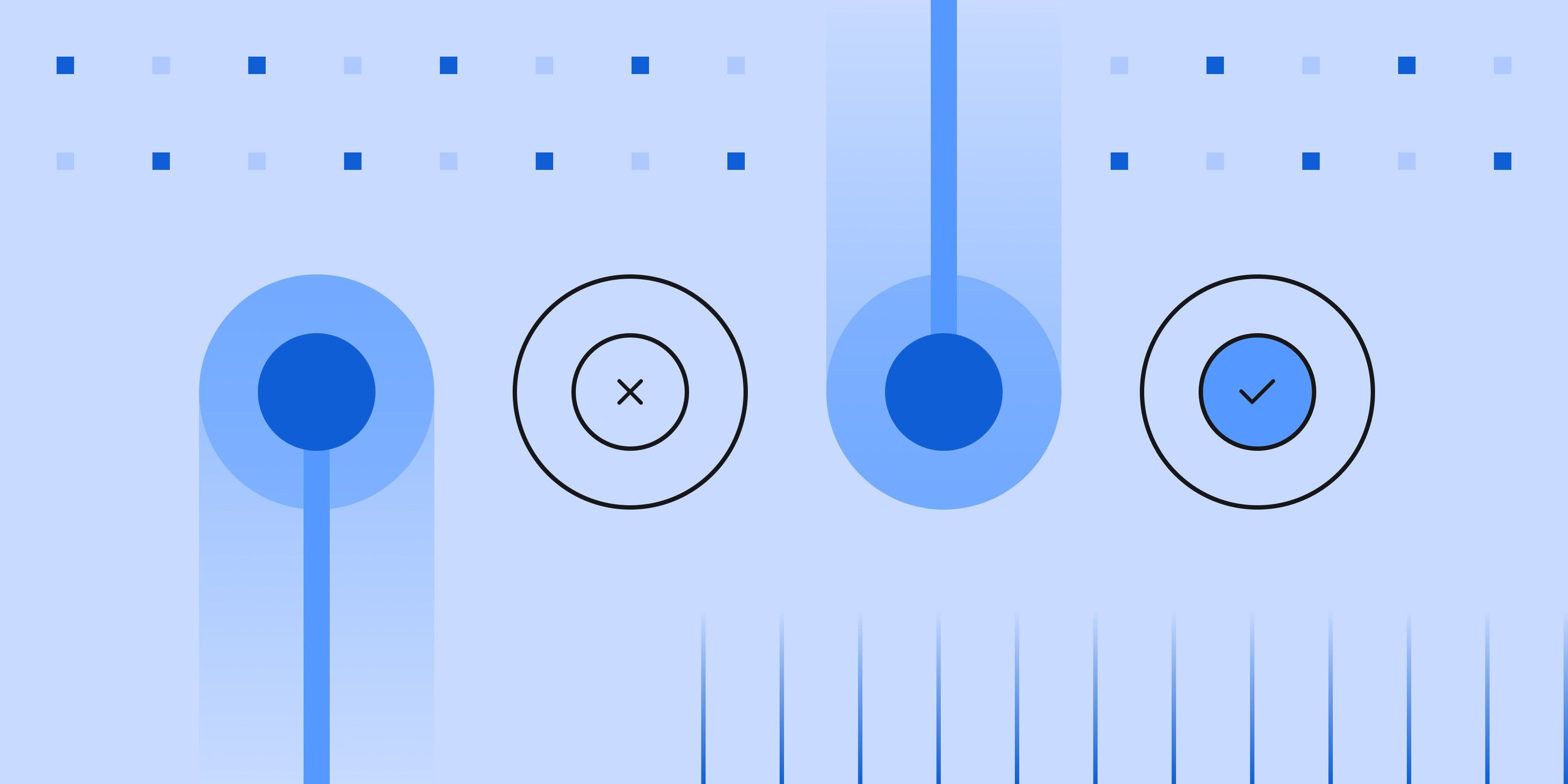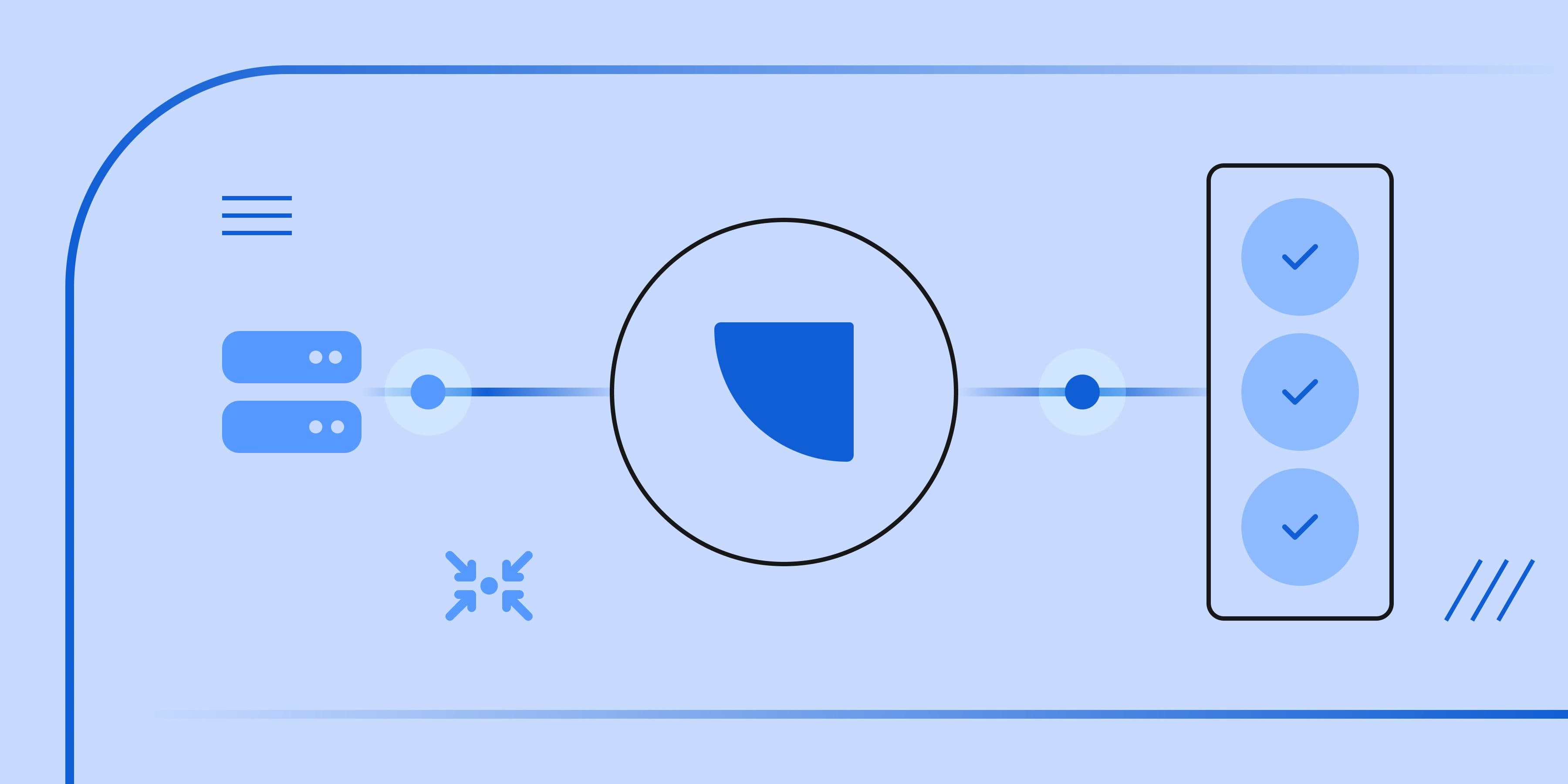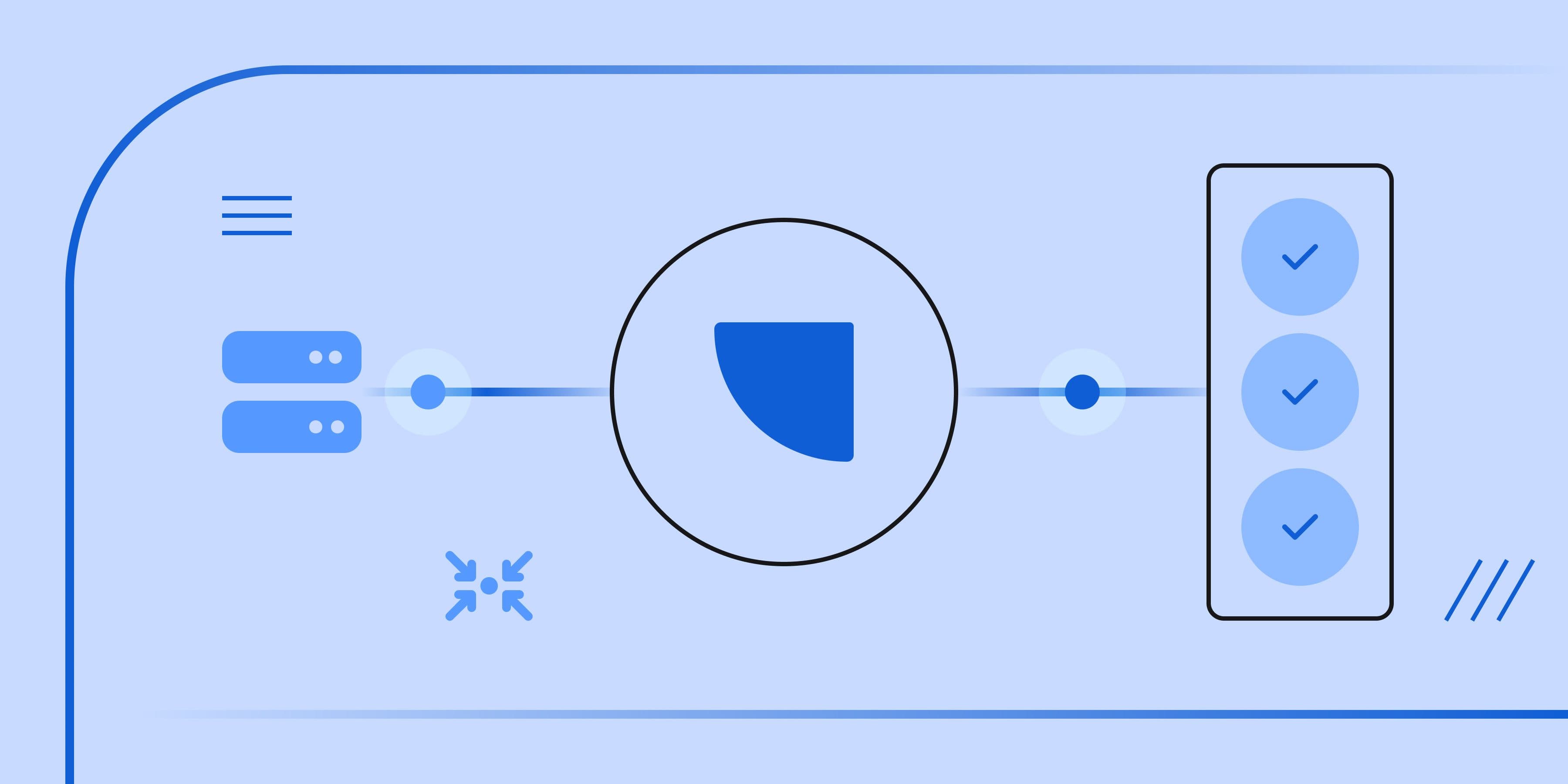What is clickstream data? Definition, examples, and benefits

Clickstream data provides any business with a digital presence, whether through a website or app, with information on visitor behavior.
In face-to-face sales, reps can observe the actions of prospective customers and use their insights to connect with and convert new deals. In comparison, online sales might seem cold and impersonal.
Clickstream data bridges this gap. By providing information on customer behaviors, clickstream data enables businesses to optimize the customer experience by improving their websites, apps, and campaigns.
In this article, we explain what clickstream data is and provide examples of what it covers. We will also explore how it can be used to increase conversions.
What is clickstream data?
Clickstream data is a record of all the navigational clicks and actions made by a webpage, app, or platform visitor.
This data creates a picture of customer behavior by documenting the pages they visit, the order in which they visit them, the on-page elements they interact with, and various other actions.
However, simply collecting clickstream data won’t provide the insights needed to optimize customer journeys and sales funnels—these are uncovered when the data is analyzed. Using clickstream analytics and reporting, companies can uncover data-driven insights into online customer behaviors, preferences, pain points, and more to optimize their websites, apps, and marketing campaigns.
Examples of clickstream data
Clickstream data includes a wide range of metrics that cover customer behaviors and interactions while visiting a website.
Below are some clickstream data examples:
- Entry points (the first page a visitor views on your website)
- Page views
- Time spent on a page
- The navigational path from page to page.
- Scroll depth (how far a visitor scrolls down a page)
- Button and element interactions (e.g., CTAs and forms)
- Items added to or removed from shopping carts
- Application, demo, or trial sign ups
- Completion of the checkout process
- Use of the back button
- Exit point (the last page a visitor views on your website)
Why is clickstream data useful?
Clickstream data provides businesses with an understanding of user behavior. By recording and analyzing every customer click, businesses can identify popular content or drop-off points and use this information to optimize customer journeys, marketing strategies, and conversion funnels.
Clickstream data can also be used to help build a unified, comprehensive view of all customer data – or a Customer 360 – which we will explore later in this article.
Clickstream data is especially useful when it is aggregated across a high volume of website visitors, as more data means more accurate analysis and results. Here are some of the ways that using clickstream data can help strengthen your business:
Optimizing customer journeys
The customer journey is the progression from awareness to conversion, loyalty, and advocacy. Websites play a crucial role in this journey, allowing customers to explore your brand, products, and services as well as make purchases. An effortless online experience is key to guiding customers through this journey. This is where clickstream data becomes especially valuable.
A clickstream data model tracks every stage of the customer journey and documents behavioral information, including web page interactions, return rates, and bounce rates by stage.
When combined with event tracking, clickstream data exposes usage patterns and actions that can lead to conversion events. While event tracking can include clickstream data, it also records events that don’t involve clicks, such as scroll depth, video engagement, search queries, and more.
For example, clickstream data for an e-commerce company might look like this: a customer clicks on your Google ad, lands on your website’s landing page, browses your products, adds a product to their cart, and completes the checkout process.
There are many paths a visitor to your webpage or app might take. Some may view your FAQ page before adding a product to cart; others may read product reviews. Clickstream data exposes these different routes. You can then experiment with layouts and navigation to create an optimal design that guides customers to desired events in the fewest number of clicks.
Exposing points of friction
Friction points refer to challenges or obstacles in a website’s design flow. These obstacles can prevent customers from completing a desired action, such as making a purchase or submitting a form.
Common friction points include low-quality or unclear content, confusing navigation, and complicated checkout processes.
Let’s say that your customer is searching for a specific product. If a query typed into your search bar results in lots of irrelevant pages, the customer will be tempted to leave.
By analyzing visitor click patterns, you can spot these points of friction when they occur on your website and improve navigation to optimize the customer experience.
Another common friction point is the checkout process. Cart abandonment happens for lots of different reasons, but some of the main ones discovered by the Baynaurd Institute include the need to create an account (26%), a complicated or lengthy checkout process (22%), and unclear total order calculations (21%).
Clickstream data can highlight whether significant volumes of customers are bouncing during checkout. Clickstream analysis can then help you determine the cause and optimize the process.
These are just two examples of clickstream data exposing friction points. Clickstream analytics can help you uncover any drop-off points on your website and identify their cause. You can then implement fixes and reduce bounce rates.
Creating a Customer 360
A Customer 360 is a master customer record that unifies all data points for an individual customer. Along with basic information like their name and contact details, it can include demographic, psychographic, and behavioral information, as well as any interactions the customer has had with your business.
This information enables you to personalize customer experiences, for example, by delivering targeted ads, tailoring recommendations, customizing sales pitches, or personalizing customer service.
Clickstream data provides vital customer insights that can be added to the Customer 360. It collects search queries, browsed pages, purchased items, and more. All of this data can be aggregated and analyzed to uncover details, such as browsing patterns, favorite products, and price range preferences, that can improve personalization.
Uncovering customer and marketing trends
Clickstream data analysis can also uncover customer trends.
Let’s say that you’ve just published a new blog article. A clickstream data model can expose insights such as visitors spending significant time on a page before engaging with a call-to-action (CTA) that directs them to your product page. This indicates that your content is engaging and inspires your customers to take action, so you might focus on creating similar content.
Here’s another example: clickstream data might reveal that a high volume of customers are clicking on an ad, only to bounce away from your landing page after a few seconds. This might suggest that you aren’t matching search intent, your content or CTAs need work, or that your landing page’s design is outdated or convoluted.
Analyzing similarities in customer clicks and interactions can help you understand what your website does well and where it falls short. Not only that, but you can identify how visitors get to your website and which pages drive the highest numbers of unique and repeat visitors.
These insights can help you pinpoint marketing campaigns, website pages, content, and CTAs that perform exceptionally well. This information can then be used to create effective future marketing strategies.
Optimizing conversion funnels
Clickstream data enables you to measure the conversion efficiency of your marketing campaigns and website, revealing how well they prompt customers to complete desired actions such as making purchases, submitting forms, or creating accounts.
Clickstream data details a customer’s path to conversion—or their path to almost converting. By tracking which campaigns and website pages successfully lead to conversions as well as those that don’t, you can optimize conversion funnels and boost website performance.
What’s more, clickstream data is collected in real time. This means that you don’t have to wait for insights. Track the effectiveness of campaigns, pages, and content to make targeted improvements based on data to increase conversions.
And, remember that we mentioned how clickstream data enhances personalization? Well, you can also insert tailored product recommendations into your conversion funnel. With insight into your customers’ browsing and purchasing habits, you can up-sell, cross-sell, and re-target more effectively.
How is clickstream data collected?
To get clickstream data, companies need to implement a model for data collection.
Some companies use point solutions or build a data ingestion integration in-house. However, this can be complex, time-consuming, and unreliable.
Other companies rely on whichever solutions are cheapest or easiest to implement. This could mean using data tracking features built into content management systems or a generic option like the Google Analytics platform.
If companies want to collect clickstream data without developing in-house models or relying on limited solutions, they can use customer data platforms (CDPs) or customer data infrastructure (CDI) tools.
CDPs aggregate data from various sources (including websites and apps) into a single, centralized customer database. Here, it can be managed, tracked, grouped, and analyzed to help marketing and sales efforts.
In comparison, CDIs focus on gathering and routing data without categorizing it. This allows businesses to use the exact analytics systems they prefer.
What CDPs and CDIs have in common is that they use tracking scripts to capture visitor behavior data. This data is fed into a collection server, where it’s processed, cleaned, and enriched. From there, it’s commonly sent to a data warehouse, where it is unified. This data can then be sent to downstream business intelligence tools for analysis.
The effectiveness of clickstream data collection depends on the provider, as different companies offer different service levels of privacy, storage, data availability, and event variety.
How does RudderStack collect clickstream data?
Using JavaScript SDKs, RudderStack’s Warehouse Native Event Collection tool captures intricate, first-party clickstream data from your website and app. Data is cleaned and automatically routed into your data warehouse, data lake, or other downstream tools for storage and analysis.
It really is that simple.
RudderStack collects more than just clickstream data. With RudderStack Event Stream, you can collect and route event data from a variety of sources, including client-side and server-side platforms, mobile apps, SMS tools, email platforms, and more, to your data warehouse, data lake, or other downstream business tools.
Once all clickstream and event data is in your data warehouse, RudderStack Profiles unifies that data for you to create a complete Customer 360.
Using our integrated Reverse ETL tool and Activation API you can also move your cleaned and transformed data from your warehouse to your downstream tools, such as your CRM or ad platform.
Optimize your business with clickstream data
Clickstream data offers more information than just click volumes. Discover how visitors interact with your digital platforms and use clickstream data analysis to gain data-backed insights into customer behavior and market trends.
RudderStack’s Warehouse Native CDP simplifies clickstream data collection, integration, usability, and privacy. With 200+ integrations through one SDK, total ownership, and strict privacy standards, you can easily collect, stream, and analyze vast volumes of clickstream data.
See RudderStack Profiles in action
If you would like to find out more about how RudderStack can help turn your customer data into a competitive advantage, request a demo today.Recent Posts
 Event Streaming: What It Is, How It Works, and Why You Should Use It
Event Streaming: What It Is, How It Works, and Why You Should Use It What is clickstream data? Definition, examples, and benefits
What is clickstream data? Definition, examples, and benefits What Is Data Movement? Definition and methods
What Is Data Movement? Definition and methods